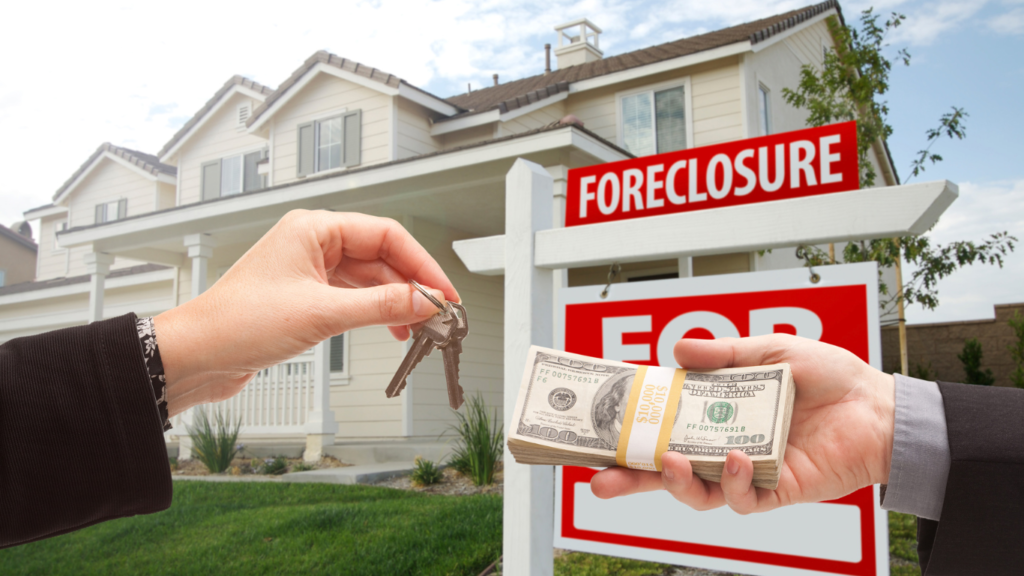If you’re a homeowner in California and feel overwhelmed by your mortgage payments, you may be considering filing for bankruptcy. Bankruptcy can provide some relief from debt and help you get back on your feet. Still, it’s important to understand what it is and how it works before making any decisions. This blog post will give you an overview of bankruptcy in California, including the types of bankruptcies available and their effects on your record.
What Is Bankruptcy and How Can It Help You?
Bankruptcy is a legal process that helps people who are unable to pay their debts get some relief. When you file for bankruptcy, an order called the “automatic stay” goes into effect. This means that creditors have to stop trying to collect money from you, at least temporarily, giving you some breathing room to work out a payment plan or negotiate with your creditors.
Signs You May Need to File for Bankruptcy
If you’re considering bankruptcy, it’s essential to understand that it’s not suitable for everyone.
Here are some signs that you may need to file for bankruptcy:
- You’re behind on your mortgage payments and don’t see a way to catch up.
- You’ve tried negotiating with your creditors, but they won’t work with you.
- You’re using credit cards to pay for basic living expenses, like food and rent.
- You’re getting calls from debt collectors or being threatened with foreclosure.
Are There Any Other Alternatives to Bankruptcy?
If you’re considering bankruptcy, it’s important to explore all of your options first. Some alternatives to bankruptcy may be more appropriate for your situation, such as debt settlement or credit counseling. You should speak with a financial advisor to see if any of these options are right for you.
One option is to consolidate your entire debt into a single monthly payment. This can save you money on interest and help you pay your debt quicker.
Another alternative is to negotiate with your creditors yourself. This can be a complicated process, but if you’re able to reach an agreement, it can help you avoid bankruptcy.
What Are the Different Types of Bankruptcy?
There are two main types of bankruptcies available in California: Chapter 7 and Chapter 13.
Chapter 7 Bankruptcy
Chapter 7 bankruptcy is also called “liquidation bankruptcy” as it involves selling off some of your assets to pay your debts. Not everyone is eligible for Chapter 7 bankruptcy, and it’s important to speak with an attorney to see if it’s right for you.
Chapter 13 Bankruptcy
Chapter 13 bankruptcy is also called “reorganization bankruptcy.” This type of bankruptcy allows you to keep your assets and repay your debts over time. To qualify for Chapter 13 bankruptcy, you must have a regular income, and your debts must be below a certain amount.
How Do You File for Bankruptcy in California?
If you’re considering filing for bankruptcy in California, you should first consult with a bankruptcy lawyer to see if it’s the right option for you. Once you’ve decided to proceed, you’ll need to complete some paperwork and file it with the court. You’ll also need to attend a mandatory credit counseling session and take a financial management course.
If you wish to file for bankruptcy without an attorney, you can follow the steps below.
- Gather Your California Bankruptcy Documents: You will need copies of your tax returns from the previous two years and your last 60-day pay stubs.
- Take a Credit Counseling Course: Learn more about the credit counseling course here.
- Fill Out the Bankruptcy Forms: You can download the forms free through USCOURTS.gov.
- Pay Your Filing Fee: Chapter 7 bankruptcy requires a court filing fee of $338. When your income does not exceed 150% of the poverty guidelines in California, you can request a filing fee waiver.
- Print Your Bankruptcy Forms: Make sure to print all forms on regular, white 8.5″ x 11″ paper using black ink.
- File the Forms With the California Bankruptcy Court: In California, there are four districts, and each district has its own filing rules. Mail or in-person filing is available in all districts. Individuals filing on their own may also electronically file some or all bankruptcy forms in the Central, Southern, and Eastern Districts.
- Mail Documents to Your Trustee: You will be assigned a trustee after filing for bankruptcy.
- Take Another Course: Attend a debtor education course within 60 days of the 341 meeting.
- Attend Your 341 Meeting: Your creditors can attend this meeting to ask questions.
What Happens After You File for Bankruptcy in California?
After you’ve filed for bankruptcy, most of your unsecured debts will be discharged, meaning you won’t have to pay them back. However, there are some debts that cannot be discharged through bankruptcy, such as student loans, child support, and alimony. You may also have to give up some of your assets, depending on the type of bankruptcy you choose.
How Does Bankruptcy Affect Your Credit Score?
Filing for bankruptcy will have a negative effect on your credit score. Still, it’s crucial to keep in mind that your score is already low if you’re considering bankruptcy. The impact of bankruptcy on your credit score will start to dissipate after a few years. You can begin to rebuild your credit by making on-time payments and maintaining a good payment history.
How Can You Rebuild Your Credit After Filing for Bankruptcy?
There are a few things you can do to help rebuild your credit after filing for bankruptcy:
- Get a secured credit card.
- Become an authorized user on someone else’s credit card.
- Apply for a small loan from a lending institution or friend/family member.
- Pay all of your bills on time.
- Check your credit report regularly to make sure there are no errors.
Sell Your House & Avoid Bankruptcy with Favor Home Solutions
If you’re considering bankruptcy, you may be able to avoid it by selling your house. At Favor Home Solutions, we buy houses as-is for cash, so you don’t have to worry about making any repairs.
We’ll work with you to come up with a solution that fits your unique situation and needs, all under your preferred timeline! Get cash in your hands in as little as 14 days and bring peace of mind back into your life. Contact us today to learn more about how we can help you!


